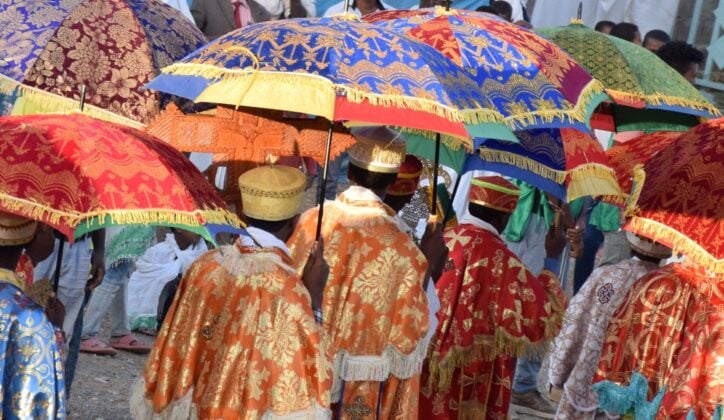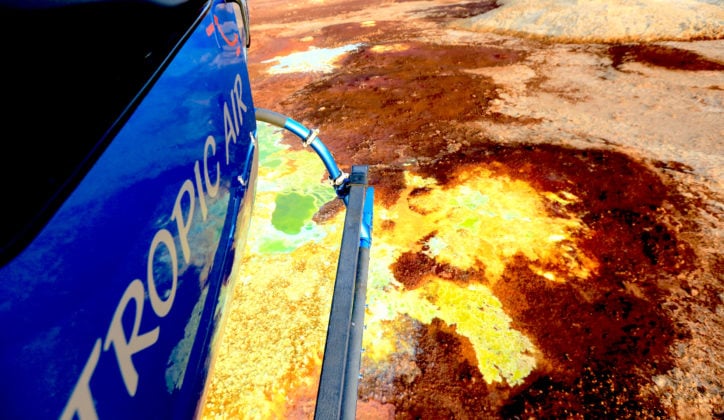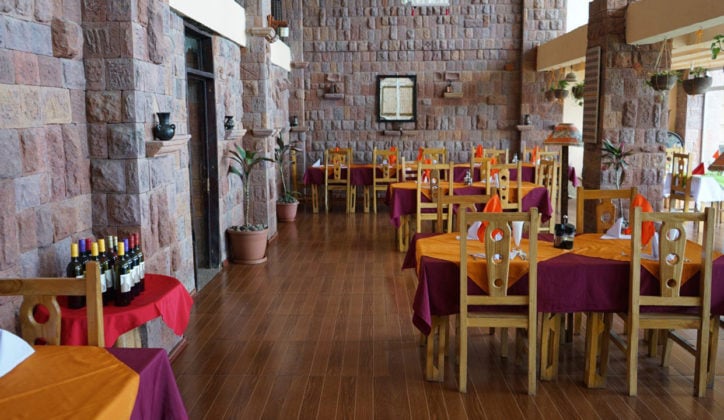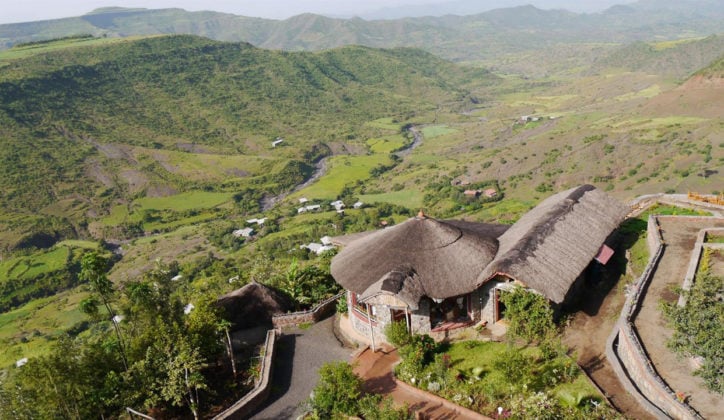The mountainous north is home to Ethiopia’s most famous historic site – the eleven stone churches of Lalibela.
Dating back to 12th century king, Saint Gebre Mesqel Lalibela, the churches were said to have been built as a symbolic ‘New Jerusalem’ after the capture of the Holy Land in 1187 by Saladin. Hewn from the rock of monolithic blocks, these incredible structures have hand carved doors, windows, columns and floors, connected by passageways lined with hermit caves and catacombs.
Lalibela is a deeply holy place and important pilgrimage site for Ethiopian Orthodox Christians, members of a church whose roots stretch back to the 4th century.
Of the eleven, the cruciform Biete Giyorgis, or Church of Saint George, is the best known and best preserved, while others contain holy relics, bright murals and carved reliefs, each with their own unique stories and atmosphere.
When to go
Daytime temperatures hover between 22˚C and 28˚C with evenings often being cool enough to warrant an extra layer. The rainy season runs between June and late September, with July and August being the wettest months.
Itineraries including Lalibela
Accommodation in Lalibela
Here are some of our travel designers' favourite options


















